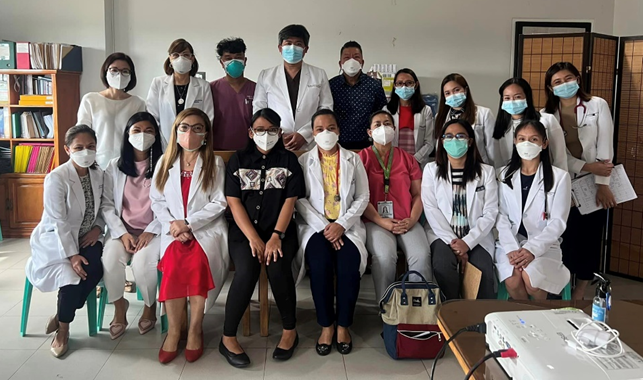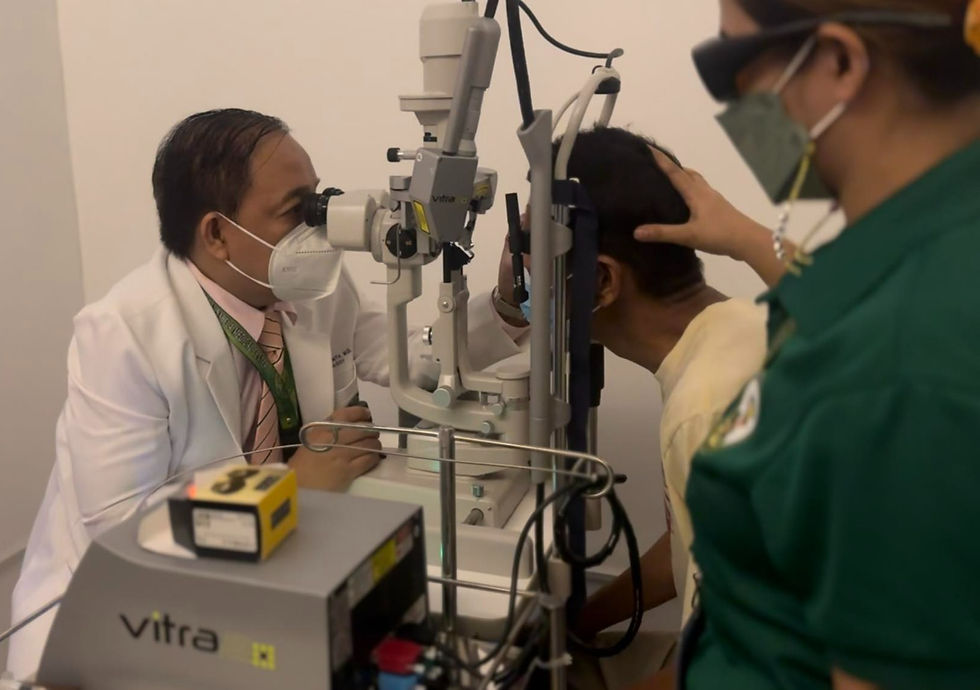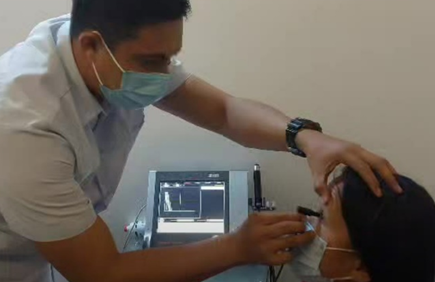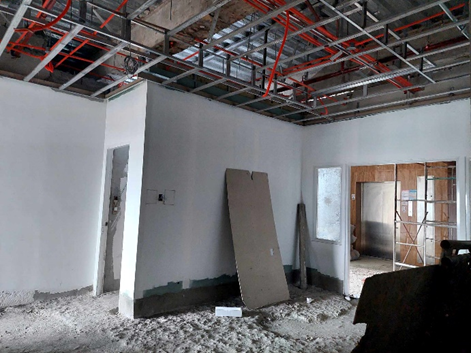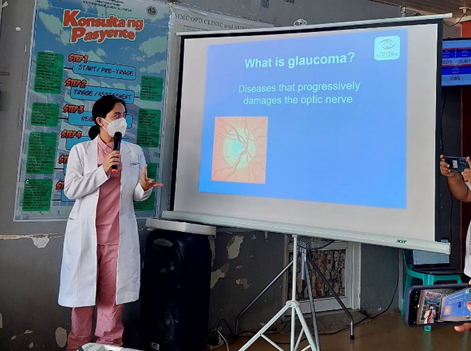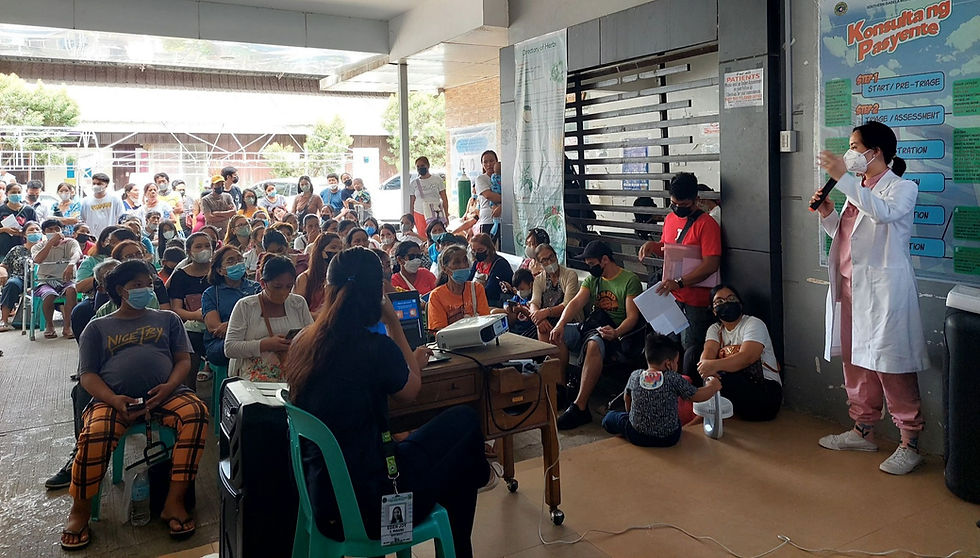- Roland Joseph Tan
- Aug 5, 2023
- 3 min read
Updated: Aug 6, 2023
A first-time mom came in my clinic with her 5-month-old baby, referred by another ophthalmologist, so I can answer her question “Doc, nakakakita daw po ba si baby?” (Doc, can my child see?). I dreaded the question because of the answer I have to give the mom, should the patient turn out to be suffering from an irreversible eye disease.
After performing several tests and with all findings pointing to poor visual prognosis, I started by asking “Mommy, may nabanggit na po ba si duktor tungkol sa kondisyon ni baby?”. With all smiles, she said “Wala naman po Doc.” The smile made the next part of my job more difficult since it tells me that the mom was not told of anything and was not prepared to receive the incoming bad news. I find that sometimes a simple “baka” or “medyo” in the explanation of colleagues who saw them prior help soften the blow to the parents.
Slowly and gently, I said “Mommy, base po sa eksaminasyon ko kay baby, mababa po yung tsansa na nakakakita siya”. Then I gave a long pause for it to sink in. I received a blank stare and heard a soft “ay ganun po?” After a few seconds, the smile started to fade. I knew it was starting to sink in. And then the sob.
I can only imagine how hard it was, to hear those words I just uttered from her side of the conversation. It must be as hard as being told of a cancer diagnosis, or worse, since the former involves a child, whom the new mom has carried for 9 months and cared for closely after. There was also the consideration of the implication of not just of the mom’s future but more importantly of the child’s.
Then, a harder question followed, “makakakita pa po ba siya?” again, because of the answer I had to give. I told the mom that there are ways to confirm the status as well as the visual prognosis of her baby. A visual-evoked potential test can be done but the nearest institution which offers it is in Manila. This is a concern for some since it entails travelling outside the city with the patient amid the pandemic and entails costs to travel, for the procedure, and to travel back to get the result. And result may not significantly affect the management and the prognosis of the patient. Unfortunately, the underlying cause of visual impairment of the baby was irreversible.
So, I asked the mom, “by any chance, may nabanggit na po ba si duktor tungkol sa maari mong gawin pa pagkatapos”. “Wala naman po”, said the mom. It pains me sometimes that possibilities and other options are not being discussed on a regular basis in situations like this. But I also understand why colleagues refer these set of patients to me, to confirm their findings first. But with that confirmation comes the burden of having to break the news. There is also the opportunity to provide hope and offer more options rather just saying "pasensiya na po, wala na po tayong magagawa".
I then explained to the mom, hoping to widen her perspective on options for her baby, especially for the baby to be independent in the future. Options include timely consults with development pediatrician to know other possible associated medical concerns, with occupational therapists for mobilization training and in performing daily basic tasks and with other NGO for educational opportunities. I pointed it out that we are lucky in the city because there are occupational therapists, schools for the blind and NGOs dedicated to helping visually-impaired individuals.
I also pointed out that it is natural for us parents to be protective of our child especially at this point for her baby. However, we will not be around for them forever. And it would be unfair for them too, to be kept limited and dependent when they grow up, despite the dangers and the challenges our world offers us.
After making the necessary arrangements for the referrals, I ended up the consult with “Pero mommy, I can be wrong. I cannot guarantee 100% on anything, okay?” Then I got what I wanted, as I saw a glimpse of hope from the mom’s face before letting the next patient in.
We are celebrating the Sight-Saving month! The sad truth is we cannot save everyone’s sight. That mom was not the first to sob in my clinic. I can only hope that she will be the last, but unfortunately, reality is she will not be. However, we can offer them options. Let us not stop with just prognosticating our patients and taking away their hope. Let us, as fellow parents or fellow caregivers, be a source of information and strength to prepare them for the long and challenging road ahead.

